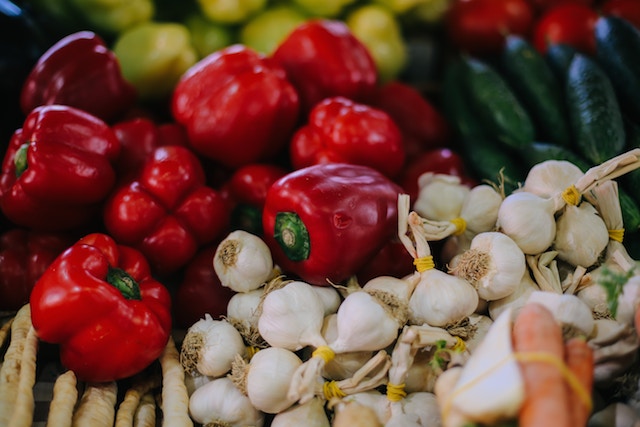Vegetarian, Gluten-Free & Lactose Intolerant: Dietary Needs in Argentina

When we arrived in Buenos Aires, my roommates and I bonded over our desire to speak Spanish, love of exploring new cities and special dietary needs. One is a vegetarian, one is gluten-free and I am lactose intolerant. In a country that loves its steak, bread and cheese, it may seem like the only meat-free, bread-free, dairy-free option is wine.
Even though I personally could live on wine for two months, there really are ways to make special diets work in a foodie city like Buenos Aires. Here they are:
Vegetarian, Gluten-Free & Lactose Intolerant: Dietary Needs in Argentina

1. Just ask.
Other than some of the really traditional places, most restaurants are willing to leave out an ingredient or a side if you ask. No cheese on your sandwich, no bread on the side, no problem! A warning to vegetarians, however, is that you must say “vegetariano.” Just asking for no carne will get you chicken. Ni carne, ni pollo will get you ham. Much like the scene in My Big Fat Greek Wedding (“What do you mean he don’t eat no meat?”), Porteños don’t always understand vegetarianism. Be safe and just say “vegetariano.”
2. Learn the terms.
Before heading off on your big adventure, look up some of the words you’ll need to describe what you can and cannot eat. For example, I not only needed to know the word for milk (leche), but lactose (lactosa) and dairy (lácteos) as well. This is especially important for reading ingredient lists.
3. Do some research.
If someone had done a little bit of research on local foods and found out that milanesa is a traditional bread-coated chicken cutlet, it would have saved a lot of confusion and hassle for my gluten-free friend. Many items here are labeled for dietary needs. You just need to know what to look for. No TACC is a common label for gluten-free items and shows up on items at grocery stores and restaurants. As for other dairy-free travelers, I hate to be the bearer of bad news: yes, the famous dulce de leche (caramel) is definitely made with milk.
4. Find your places.
Although a lot of health food trends haven’t caught on here with quite the same fervor as in other countries, it is possible to find restaurants that cater to your needs. Gluten-free and vegetarian restaurants can be found around the city. Especially in the trendy Palermo neighborhood. Check out Artemesia (vegetarian) and Sintaxis (gluten-free). Many heladerias (gelato shops) even serve dairy-free sorbet.
5. Buy it yourself.
If you’ll be staying in Buenos Aires long enough and plan to do some grocery shopping, dietéticas (health food stores) will be your friend. These are special grocery stores that cater to gluten-free and healthy foods. Make friends with the people who run your local dietética and they might even be able to suggest some restaurants that serve your specific dietary need.
While it can be harder to travel and enjoy new foods with a special diet, it definitely isn’t impossible. Every country comes with its unique selection of foods. So don’t worry when you can’t find all the same things you eat at home. Just because Buenos Aires is nearly devoid of almond milk (the woman at a dietética suggested I make my own – yeah, right) doesn’t mean all is lost. Take it as a chance to learn about local eating customs .And try something new and specific to the city!
Photo credits for Vegetarian, Gluten-Free & Lactose Intolerant: Dietary Needs in Argentina by Megan Richards and Unsplash.








